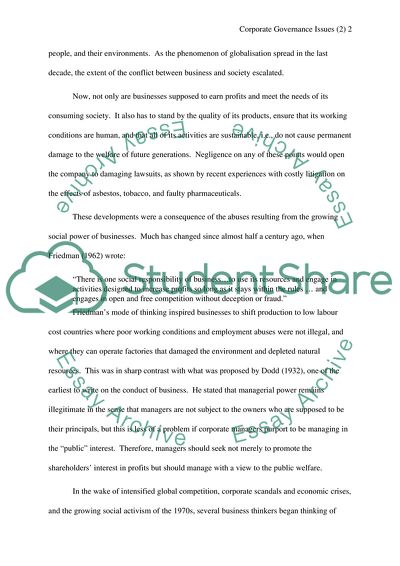Cite this document
(“Corporate Governance Issues Essay Example | Topics and Well Written Essays - 2250 words”, n.d.)
Retrieved from https://studentshare.org/law/1540322-corporate-governance-issues
Retrieved from https://studentshare.org/law/1540322-corporate-governance-issues
(Corporate Governance Issues Essay Example | Topics and Well Written Essays - 2250 Words)
https://studentshare.org/law/1540322-corporate-governance-issues.
https://studentshare.org/law/1540322-corporate-governance-issues.
“Corporate Governance Issues Essay Example | Topics and Well Written Essays - 2250 Words”, n.d. https://studentshare.org/law/1540322-corporate-governance-issues.


